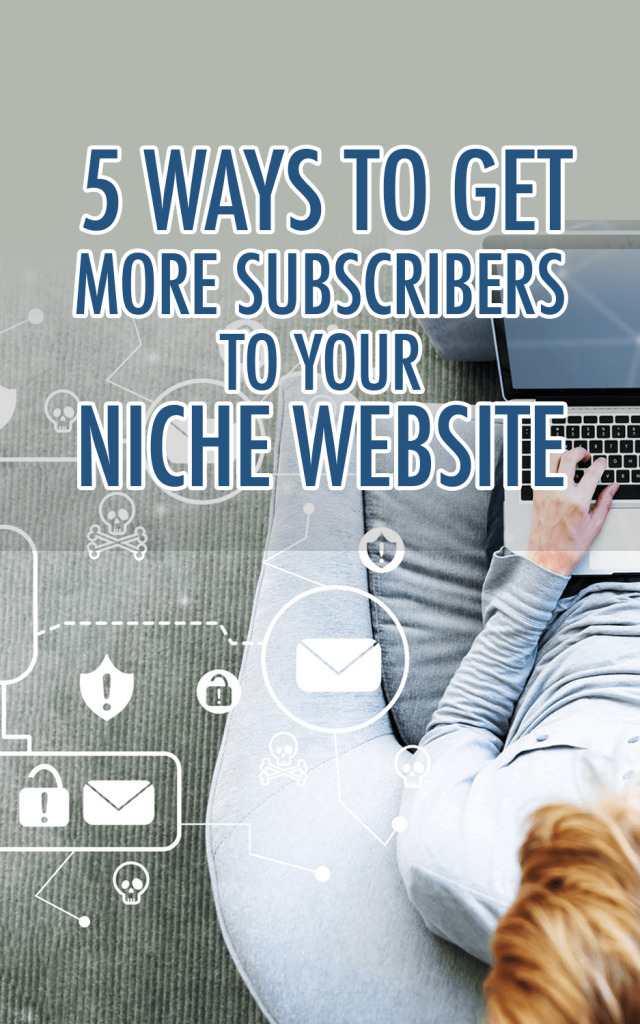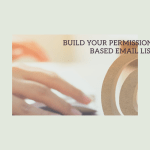A lead magnet serves as a marketing tool that is used to generate leads by offering a free resource or service to potential customers in exchange for their contact information, usually their email address. These free offerings may take the form of ebooks, whitepapers, templates, free trials, worksheets, or discounts. They are considered an indispensable component of any marketing strategy as they help in attracting and converting potential customers into leads, and eventually into paying customers.
Nonetheless, creating a compelling lead magnet requires a considerable amount of effort. This article will walk you through the process of crafting high-performing lead magnets.
Step 1: Identify Your Target Audience
The first step towards crafting a lead magnet that resonates with your audience is to identify your target demographic. This involves comprehending their pain points, desires, and how your product or service can solve their problems. By understanding your audience's demographics, interests, and challenges, you can develop a lead magnet that is tailored to their needs. Once you've defined your target audience, you can pick the best format for your lead magnet, such as webinars, ebooks, templates, discount codes, or other resources that provide value to your prospects.
Step 2: Choose the Right Type of Lead Magnet
The second step involves selecting an appropriate lead magnet that resonates with the target audience. A lead magnet is a free incentive provided to potential customers in exchange for their contact information. There are several crucial factors to consider while selecting the right type of lead magnet, including its relevance, perceived value, and ability to deliver prompt results.
Relevance to the target audience is a crucial aspect to consider while selecting a lead magnet. It should be tailored to address the specific needs and pain points of the audience while aligning with the campaign's overall objectives. To achieve this, it is essential to conduct research and analyze the audience's interests, preferences, and behavior patterns.
Another significant factor to consider is the lead magnet's perceived value. The lead magnet should offer something of value that attracts potential customers to provide their contact information willingly. This can be achieved by providing high-quality content such as e-books, whitepapers, webinars, or templates that offer actionable solutions to the audience's pain points.
Lastly, it is important to measure the lead magnet's performance and make necessary optimizations over time to enhance its effectiveness. Tracking metrics like click-through rates, conversion rates, and engagement rates can help make informed decisions about modifying the lead magnet.
In summary, selecting the right lead magnet entails careful consideration of the target audience's needs and preferences, perceived value, and overall effectiveness. With these guidelines, businesses can develop effective lead magnets that generate a steady stream of leads and improve their overall marketing efforts.
Step 3: Write Compelling Content
The next step of the lead generation process involves crafting engaging and unique content to serve as your lead magnet. This content should demonstrate your expertise in your industry and provide value to your target audience. It's important to keep your content relevant and focused, without overwhelming your audience with too much information. A compelling lead magnet will fulfill an immediate need and leave your audience wondering how much more value they would receive as an actual customer.
To create a successful lead magnet, it's crucial to tailor your content offer to your target audience and present it in an easily digestible format, such as a PDF or ebook. This content should also be unique and exclusive to your lead magnet, showcasing your knowledge and authority in your field. Repurposing existing content or using industry statistics can also be effective tactics.
In summary, creating a compelling lead magnet involves providing relevant, valuable, and exclusive content that meets the immediate needs of your target audience. By focusing on a single content offer, optimizing its format and design, and testing different variations, you can effectively generate quality leads and grow your email list.
Step 4: Create an Enticing Opt-In Form
One crucial aspect of your lead magnet funnel is an enticing opt-in form that can capture your target audience's contact information. You have several options, including a popup form, an inline form, or a dedicated landing page. Your opt-in form should have an attractive visual design, a clear call-to-action, and emphasize the benefits of your lead magnet.
Crafting a captivating opt-in form is vital to converting visitors into subscribers and growing your email list. Here are some steps you can follow to create a compelling opt-in form for your lead magnet:
Identify your target audience and their pain points: Before designing your opt-in form, it's crucial to understand your target audience's needs and pain points. By doing so, you can create a lead magnet that can address their problems and provide value.
Create a headline and a brief description that catch attention: Your opt-in form should have a headline and a brief description that effectively communicate the benefits of your lead magnet. Use persuasive language and words that can grab your visitors' attention.
Keep it simple and user-friendly: An excellent opt-in form should be simple and easy to use. Avoid asking for too much information, as this can be a turn-off for visitors. Typically, asking for a name and email address is enough to get started.
Design an appealing form: Your opt-in form's design can significantly impact its effectiveness in attracting leads. Use a visually appealing design that matches your brand's image and stands out on the page.
Use a clear call-to-action: Your opt-in form's call-to-action (CTA) is a critical component that tells visitors what they can expect by submitting their information. Use an actionable CTA that inspires visitors to take action, such as “Download Now” or “Get Your Free Guide.”
Creating an alluring opt-in form requires effort, but it can significantly enhance your lead magnet funnel's effectiveness. By identifying your audience's needs, creating a catchy headline and a brief description, keeping it simple and user-friendly, designing an appealing form, and using a clear call-to-action, you can create an opt-in form that converts visitors into subscribers.
Conclusion:
A significant advantage of lead magnets is that they can be tailored to address specific segments of your intended audience and offer personalized content that addresses their particular pain points. By addressing these pain points, businesses can position themselves as thought leaders and establish trust with their intended audience. Consequently, this may lead to increased brand loyalty and customer lifetime value.
Additionally, lead magnets can be evergreen, meaning they can remain relevant and valuable for a long time instead of becoming obsolete quickly. This enables businesses to continue generating leads and nurturing them without the need to continually create new content.
Furthermore, lead magnets can help businesses screen for the most promising prospects and increase the likelihood of sales call attendance. By providing valuable content upfront, businesses can draw in leads who are genuinely interested in their products or services, increasing the likelihood that they will become paying customers.
In summary, developing lead magnets that can effectively convert potential customers into leads is a fundamental aspect of any marketing strategy. By delivering personalized, valuable, and evergreen content, businesses can establish themselves as thought leaders and increase their chances of converting leads into loyal customers.





